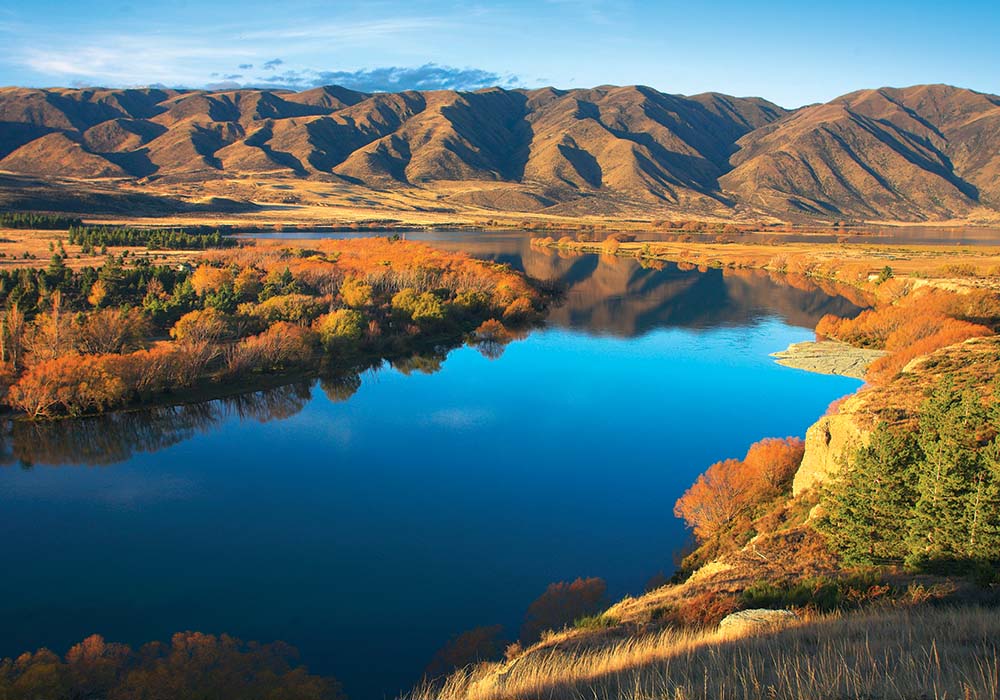This charming little South Island town has more to offer than just stunning views. Catherine Milford digs deep to discover more about the wonders of the very resilient town of Waimate.
In July 1854, Michael Studholme reached a peaceful agreement with Te Huruhuru, leader of the local Māori, to found the Te Waimate sheep run, 45km southwest of Timaru. With more than 1200 hectares of native forest in the area, sawmilling began in earnest, and five mills were set up in the new town of Waimate by 1877. In 1878, a bush fire, started by grass fires set by musterers on Hunters Hills and whipped up by “… the heaviest north-west gale which has visited the district since its settlement,” ended the short-lived industry for good.
The gale ripped the railway station at St Andrews off its piles; a mother and child were killed in Timaru by a falling chimney, and citizens cowered inside to avoid the massive dust clouds whipped up by the gale. But outside, the fire and gales joined forces, and the grass fire – now fanned to intensity by the wind – gathered momentum. Flaming bark chips flew far and wide by the devilish nor-wester, setting fire to surrounding farmland. Three days after the fire began, on 15 November, the fire enveloped Barrett’s sawmills, and six cottages by Parker’s Bush. Residents fled their homes, taking whatever their traps and horses could carry.
The fire continued unabated for days, until it had destroyed everything in its path. But at the end, remarkably, Waimate was still standing – thanks in part to a change of wind direction. The town had been dealt a heavy blow.
Looking back, it doesn’t seem like a particularly auspicious start. But like so many small towns, these calamities weren’t enough to break the Kiwi spirit; the opposite, in fact. Out of the ashes of the forest – the original reason for the town’s existence – came the newly-named borough of Waimate. Today, Waimate is known for its world-class fishing and hunting, destination shops, and for being a perfect place to camp.
This year’s plans to celebrate Waimate’s early history with the annual Bushtown Waimate Steam Up Day on 12-13 March has unfortunately had to be cancelled due to Covid restrictions, but the popular show will be back next year, so keep an eye out for dates. With fun events such as a working sawmill, miniature train display, and wood chopping by some of New Zealand’s top axemen, it’s a chance to step back in time and get an idea of how things used to be.
These days, the hills and landscapes of Waimate are beautiful once more, and this small rural town in New Zealand’s heartland is popular for both its historical and contemporary offering. It’s a popular walking and biking area, with native bush and picturesque waterfalls, gentle riverbank tracks and steep challenging peaks – just pick one that fits your own levels and abilities.
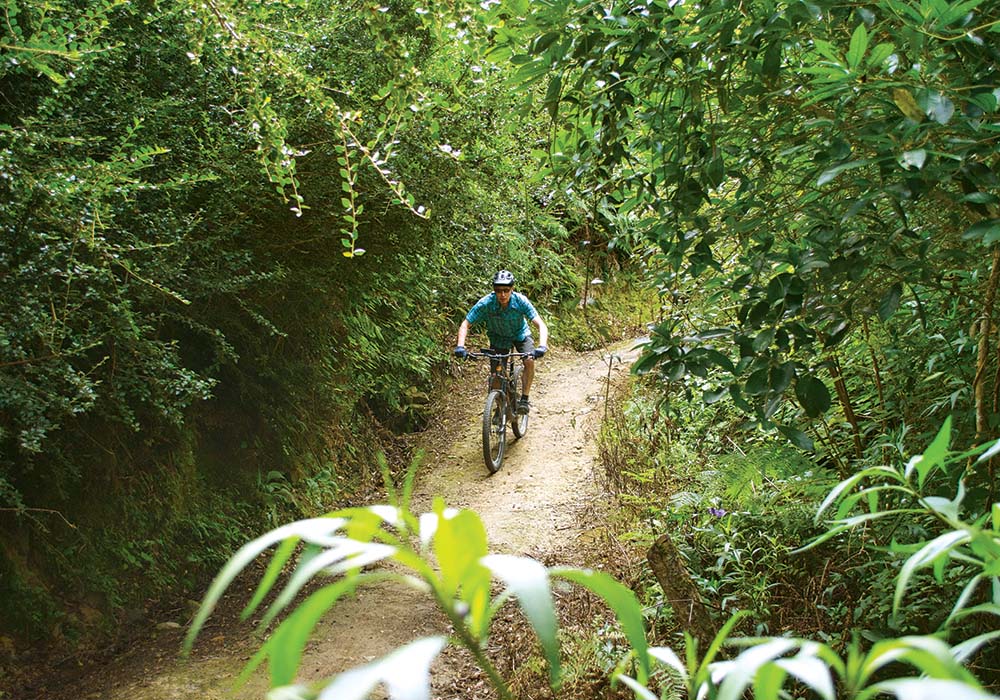
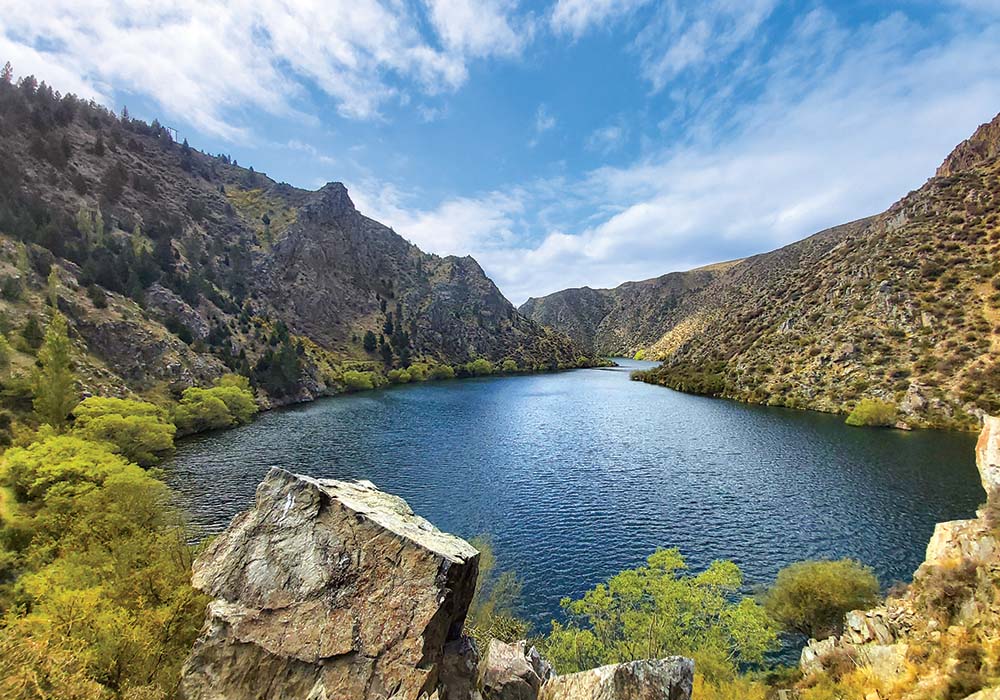
Artfully Done
The Waimate District is well known for its striking silo art, colourful murals, bronze statues and local artists. It’s also home to one of New Zealand’s largest pieces of street art, on the landmark Waimate grain silos. Local artist Bill Scott, and his good mate Barry Sadler of Transport Waimate Ltd, which owns the silos, collaborated to decorate the silos, with murals celebrating the town’s rich history. The first painted silo is a tribute to Chief Te Huruhuru and Michael Studholme – the pair who reached the agreement when Studholme was looking for his sheep station land. Silo Four is dedicated to Doctor Margaret Cruikshank.
Head to the limestone outcrops at Maungati, about 35 minutes’ drive out of Waimate, to see 200-year-old Māori rock art. Māori visited this area for the seasonal harvest of kauru, a sweet food made from the roots and leaves of the ti kouka (cabbage) trees. They marked their visits with paintings made of charcoal, soot, and iron oxide, which were applied dry, or mixed with animal or bird fat and vegetable gum to form paint. These days only the birdmen and fish drawings at Te Manunui remain visible. There are tours available for a real taste of Māori rock art.
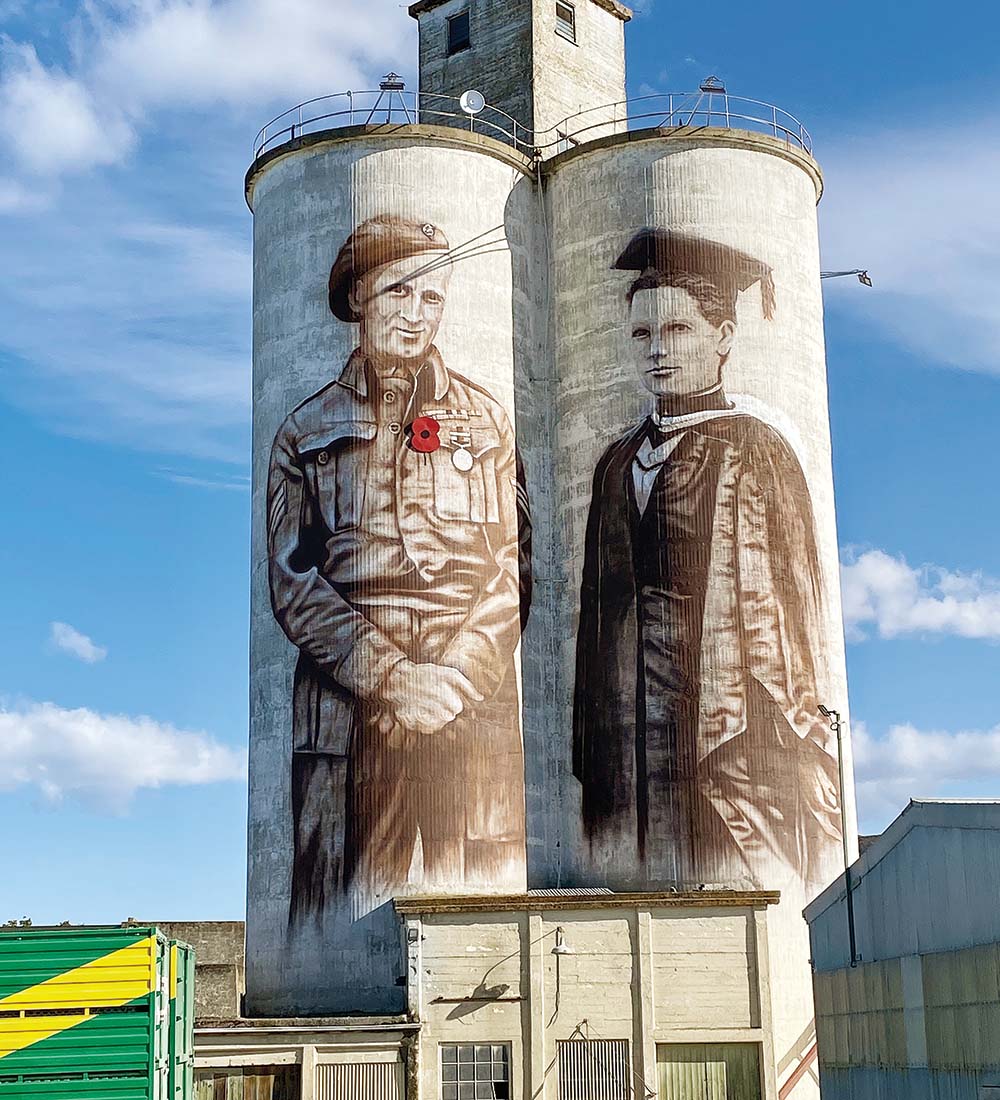
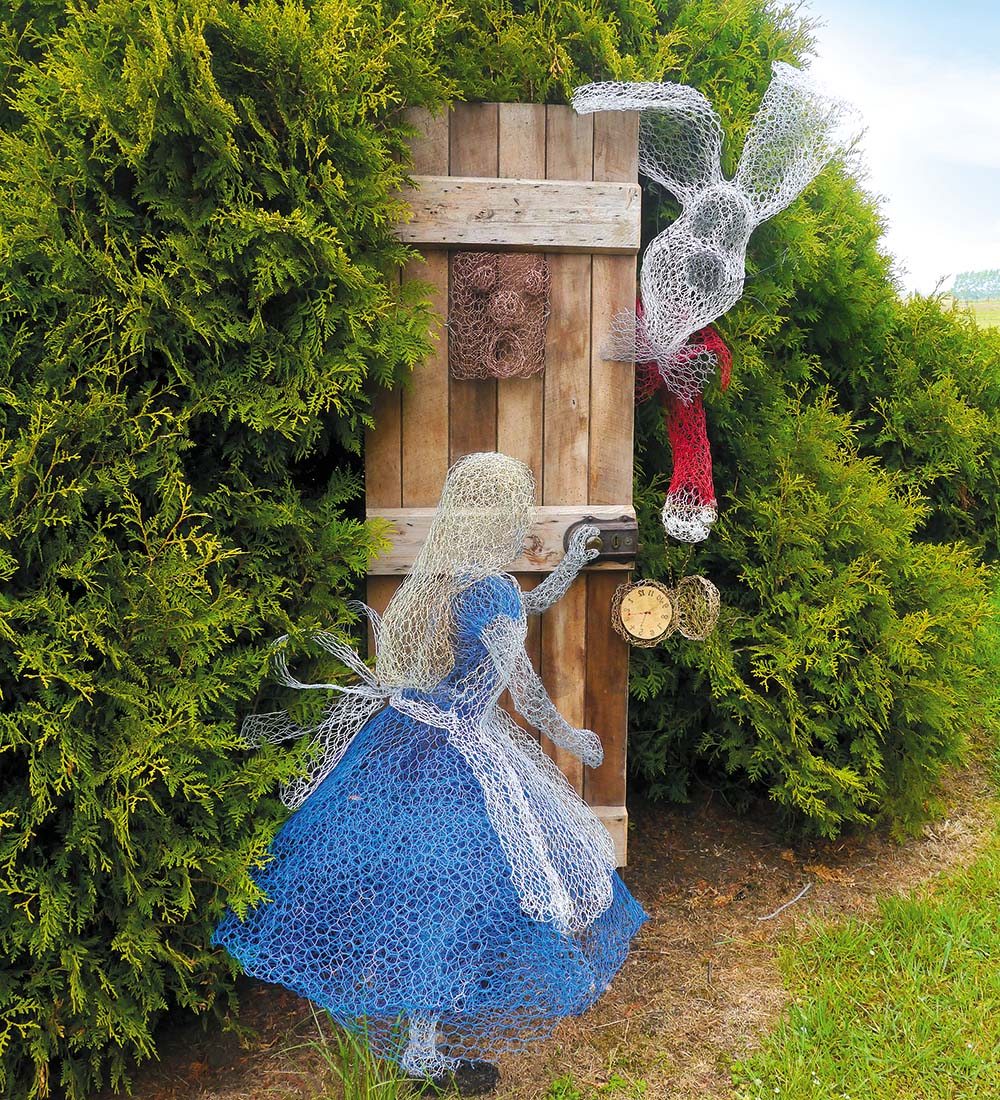
A Great Catch
Fishing is one of Waimate’s most popular pastimes. The area’s lakes and rivers have some excellent trout fishing; you’ll find brown and rainbow trout in the Waitaki River from Kurow down to Bells Bond, and the Waitaki hydro lakes within the district – Lake Waitaki, Lake Aviemore and Lake Benmore are good places to start.
If you’re lucky you might even nab yourself a salmon, although there aren’t as many as there used to be. Volunteers have been restocking the Waitaki River from a salmon hatchery nearby, so try your luck!
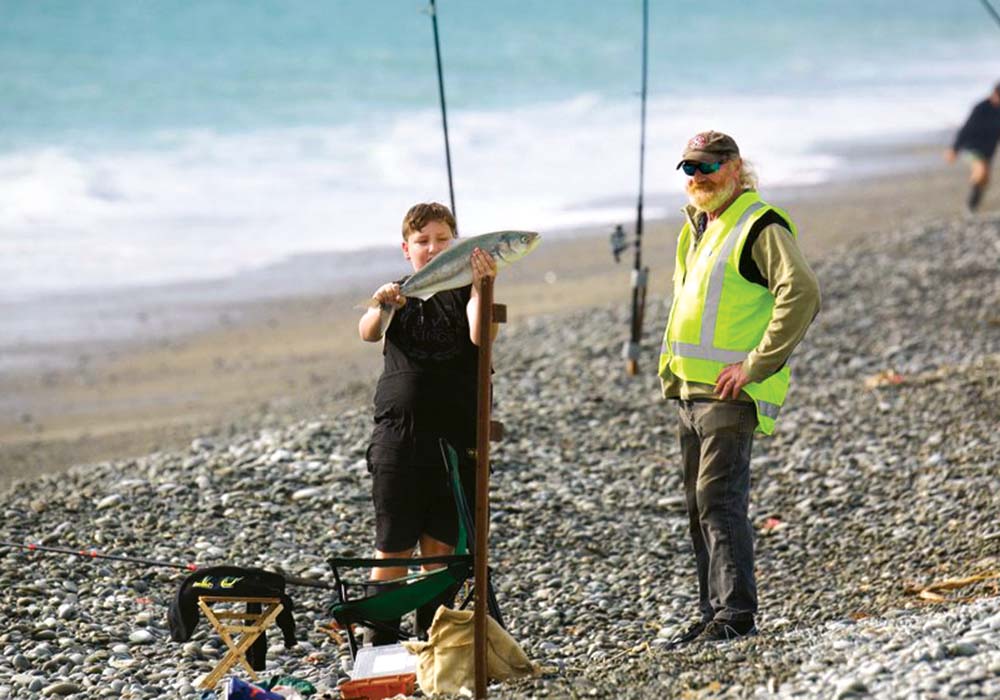
Food for Thought
Whether you love decent pub grub, you’re looking for something to take away or you’re celebrating a special occasion, there’s food and drink aplenty in Waimate. Fifteen minutes south of Waimate, the family-owned Glenavy Hotel, next to the Waitaki River, is good for a pint and a sit-down after a day of fishing, while Back Paddock Garden and Gifts is a wonderful café if you want to relax and unwind with a coffee and browse the New Zealand-inspired gifts and homewares.
For a taste of old-school Devonshire tea and scones, Odettes is a true delight for garden lovers; booking is by appointment only for this beautiful cottage garden, but the stunning edible gardens and beautiful bright flowers are sure to leave you with a smile on your face.
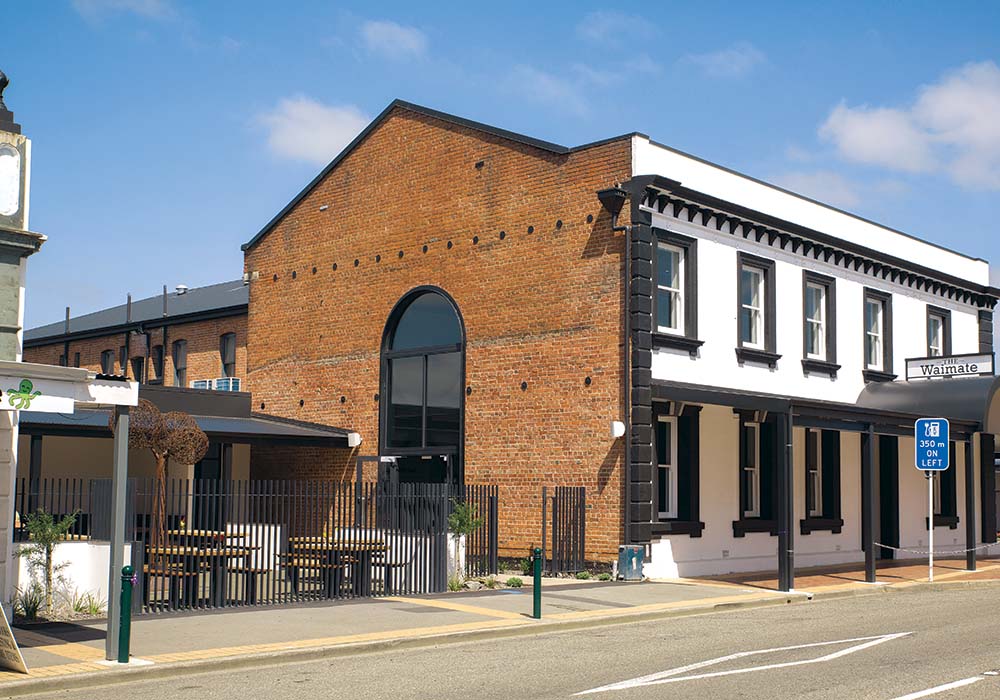
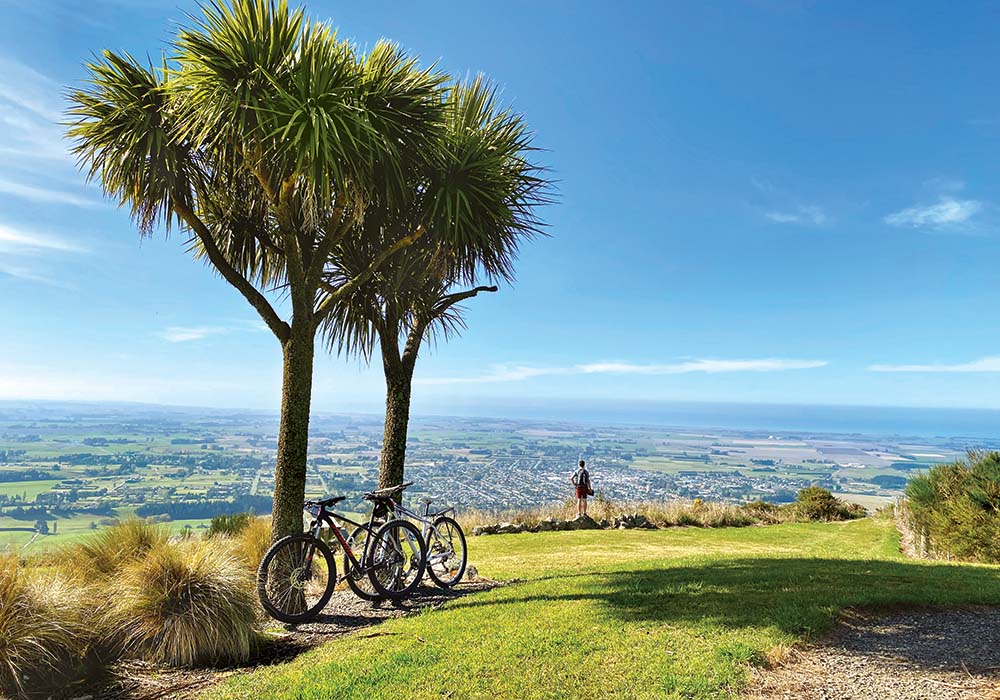
Did you know?
 Waimate-based Margaret Cruikshank was the first woman to be registered as a doctor in New Zealand.
Waimate-based Margaret Cruikshank was the first woman to be registered as a doctor in New Zealand.
She served the small Waimate community from 1897 to 1989, working tirelessly during the 1918 influenza pandemic before eventually succumbing to the disease herself in November 1918.
More Information
For more on Waimate, including hunting and fishing, food and drink, tracks and trails and more, visit waimate.org.nz.
Camping
In 2014, Waimate was declared a Motorhome Friendly Town by the New Zealand Motor Caravan Association (NZMCA). There is a public dump facility on Hilary Street; Kelceys Bush, Knottingley Park and St Andrews Domain also have dump stations. There is also an exclusive NZMCA camp in Waimate. Visit nzmca.org.nz/mhf for details.
Visit teana.co.nz to discover the stories of Māori rock art and book a tour.
Looking for motorhomes or caravans for sale in NZ? Browse our latest listings here.

